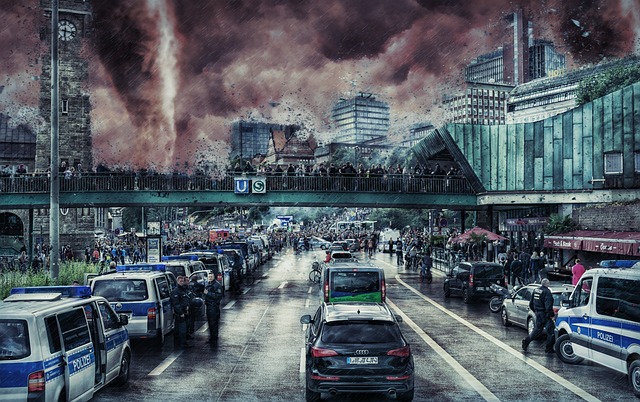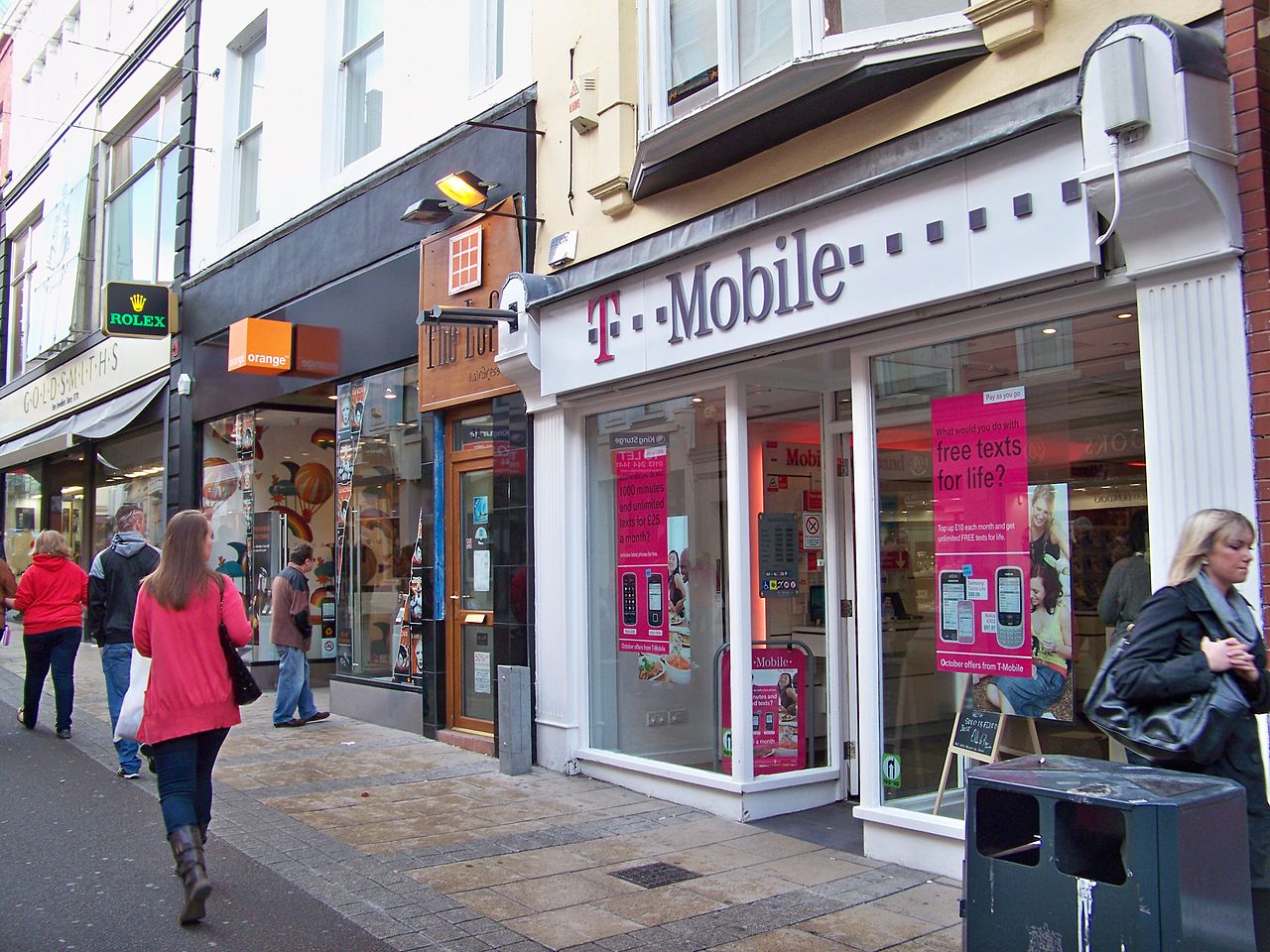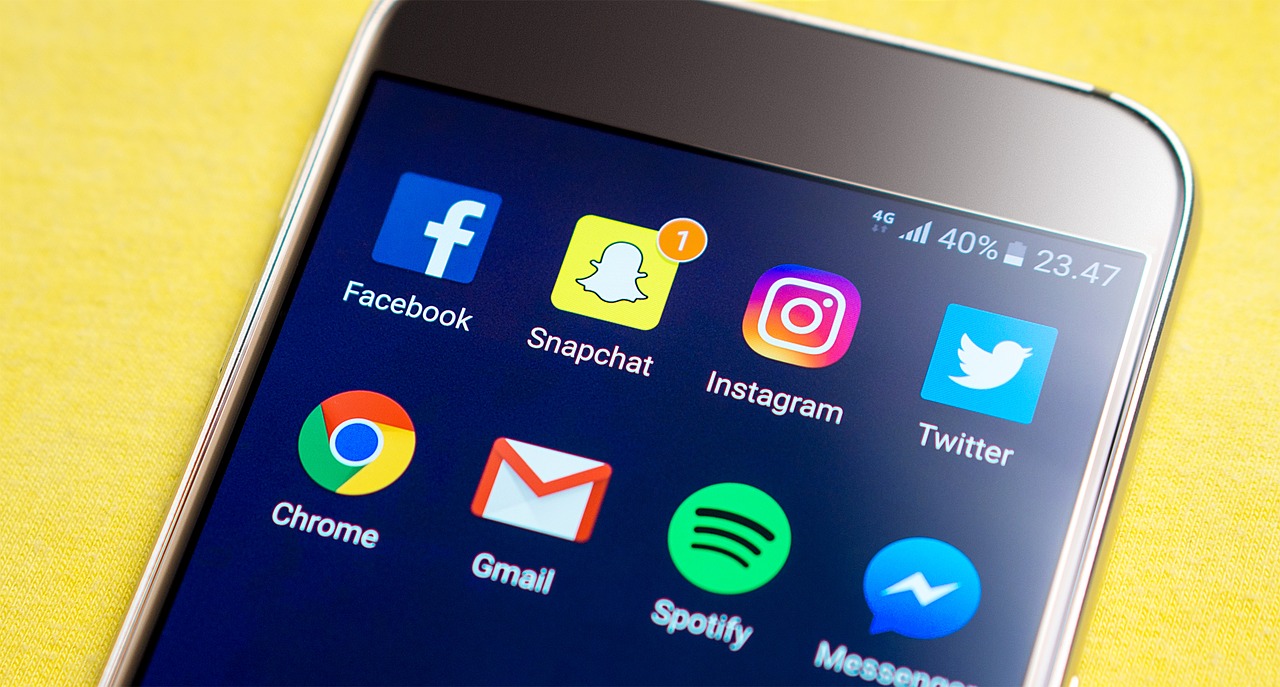
In the event of unexpected and devastating events, people have to move fast in order to address several needs at once. Rescue efforts must be initiated, food and water must be distributed to areas that require assistance, and emergency medical aid must be administered in order to save lives.
Thankfully, many advances in technology such as wireless broadband solutions for disaster recovery efforts ensure that affected communities will not have to wait too long for help to arrive.
In this article, we will discuss a few ways in which different forms of technology have offered alternative communication methods in times of need, resulting in quicker and more efficient relief operations.
Using Phones When Mainstream Media Fails
Earthquakes, floods, and other events often disable many of the traditional communication methods that we use on a daily basis. Thus, for many communities, waiting for announcements over portable radios is the best way to receive updates on disaster relief efforts. This is also the main way people decide whether they need to take action or not to save themselves. Unfortunately, it only allows for one-way communication, meaning victims can only receive information; they cannot send out messages of their own.
However, the rise of mobile phone usage gave affected persons a way to send out updates from their area, as well as ask for help from friends, family, and organizations. There’s just one catch: mobile and internet centers are not immune from disasters. Thus, today’s relief aid workers are encouraged to find ways so that they can provide affected areas with emergency Wi-Fi and cellular network access.
Taking Advantage of Real-Time Social Media
In this day and age, it’s hard to find any household or office that isn’t hooked up to some kind of reliable broadband or cellular connection. It’s no wonder why social media has taken over the world by storm. In fact, quite a large number of people get their news updates from their social media feeds rather than through traditional sources such as television, radio, and newspapers. Thus, even information on disasters starts to spread much more quickly through social media than through mainstream media.
For example, the Red Cross Organization takes advantage of social media by analyzing real time data from conversations that occur on popular online networks in order to determine which communities are in need. Relief workers are able to gather necessary information such as photographs showing the extent of the damage as well as the latest news on what roads may be inaccessible due to damage. Thus, relief workers can better prepare what to bring and how to reach victims before they even reach the affected area.
While digital and mobile technology is not the end-all be-all solution to disaster relief, it’s hard to deny that they’ve allowed organizations provide assistance even in the worst of circumstances. Not only that, but these pieces of tech also help affected communities feel much more empowered in their unfortunate situations. Now, even victims are given tools that can help them look after themselves and send help to those who need it most, too.










![Watch Video Now on xiaohongshu.com [以色列Elevatione perfectio X美容仪 perfectio X 全新仪器黑科技了解下]](https://www.techburgeon.com/wp-content/uploads/2019/07/perfectiox-singapore-150x150.jpg)
